Implementing the Strategy for developing Vietnam's semiconductor industry to 2030 and vision to 2050, Da Nang city aims to become one of the three largest semiconductor centers in the country by 2030, forming a network for training high-quality human resources associated with the synchronous development of the semiconductor ecosystem.
Investing in semiconductor chip packaging and testing infrastructure
The Fab-Lab project for advanced packaging technology production, invested by VSAP LAB Joint Stock Company, has started construction at the Concentrated Information Technology Park, Da Nang Software Park No. 2.
The project is a pioneering model in Vietnam, of strategic significance in developing core technology, concretizing Resolution No. 57-NQ/TW dated December 22, 2024 of the Politburo and the Strategy for developing Vietnam's semiconductor industry to 2030, with a vision to 2050 according to Decision No. 1018/QD-TTg dated October 30, 2024 of the Prime Minister.
The project is also a strategic step in the project to develop semiconductors and artificial intelligence of Da Nang city.
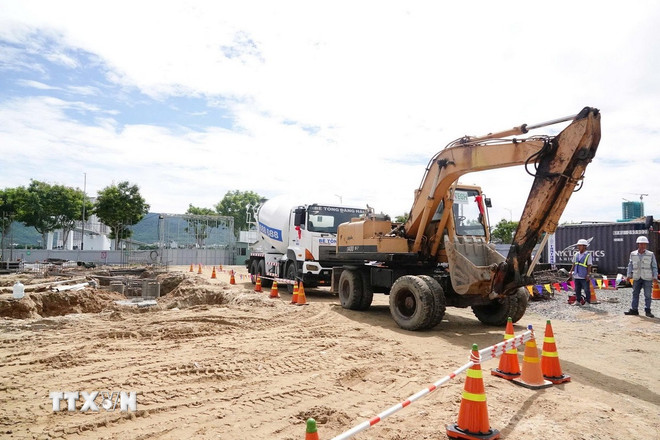
Specifically, the Fab-Lab project has an investment of 1,800 billion VND, built on an area of 2,288m2, with a total floor area of more than 5,700m2, and is expected to be put into operation in the fourth quarter of 2026.
The project is divided into two main areas including the Lab area and the Fab area. After completion and operation, the Fab-Lab is expected to have a design capacity of 10 million products/year, serving the domestic and international markets.
Mr. Nguyen Bao Anh, CEO of VSAP LAP Joint Stock Company, said that the global semiconductor industry is shifting strongly but there are still bottlenecks in the balance of supply and demand.
The bottleneck lies not in chip design or manufacturing, but in advanced packaging—a key step that determines the performance, size, reliability, and cost of semiconductor chips.
Meanwhile, the advanced packaging market will reach nearly $80 billion by 2028, driven by the wave of artificial intelligence (AI), internet of things (IoT), and 5G networks. But in reality, the majority of the "pie" is being captured by giant corporations such as TSMC, Amkor, and ASE.
High manufacturing costs, shortages of materials and skilled engineers make it impossible for start-ups or small businesses in the AI chip industry to access quality packaging services.
Vietnam and Da Nang city are facing the opportunity to participate deeply in the global semiconductor value chain. Therefore, the establishment of the Laboratory for advanced packaging technology production is the answer from Vietnam to that bottleneck.
This will be the first place in Vietnam with the capacity to develop and pilot production of advanced packaging technologies such as RDL Fan-out, 2.5D and 3D packaging, which are the foundation for AI chips, high-performance chips for data centers, chips for cars and new generation electronic devices.
The Fab-Lab model being invested in Da Nang city is not simply a laboratory, but is also considered a launching pad for a cutting-edge industry, where semiconductor chips will gradually be produced by the hands, intelligence and mettle of Vietnamese people. The role of packaging and testing is a strategic link, helping Vietnam participate deeply in the global semiconductor value chain.
The Fab-Lab project is a flexible collaboration model between the State and enterprises. This will be the first place to fully integrate factors including research, production, testing, human resource training, and technology transfer in the field of advanced microchip packaging technology.
Mr. Luong Nguyen Minh Triet, Chairman of the People's Committee of Da Nang City, affirmed that developing science , technology, innovation and digital transformation is the leading breakthrough in the 2025-2030 term of Da Nang City. VSAP LAB is expected to become a model "lab-fab", integrating research, testing, production and training, serving advanced microchip packaging for AI chips, sensors, biomedicine and high-speed communication devices.
The city is committed to creating favorable conditions in terms of infrastructure, administrative mechanisms and human resources for the project to be implemented on schedule, safely and effectively.
VSAP LAB will be the nucleus to form a semiconductor innovation cluster, contributing to realizing the aspiration of building Da Nang into a high-tech center of the country.
The city aims to strongly develop the semiconductor and artificial intelligence (AI) sectors through three strategic breakthroughs: Infrastructure, policy and human resources, with a roadmap divided into two phases from now until 2030.
Da Nang has ready infrastructure to enter the global semiconductor value chain in chip packaging and testing.
On the side of the Ministry of Science and Technology, the Ministry affirmed that it will accompany Da Nang and enterprises in supporting the development of investment incentive mechanisms and policies and the construction of a semiconductor industrial ecosystem in the Central region; creating favorable conditions for lab models such as VSAP to access investment funds and state-level science and technology tasks.
The Ministry also strengthens connections with international cooperation programs in the fields of research, design, packaging, and testing of microchips, contributing to realizing the aspiration of a Vietnam mastering strategic technologies.
Human resource development and talent attraction
By 2030, Da Nang expects the digital economy to account for at least 35-40% of the city's gross regional domestic product (GRDP), attracting at least 5,000 high-quality human resources in the semiconductor industry, including 1,500 design engineers and 3,500 testing and packaging engineers.
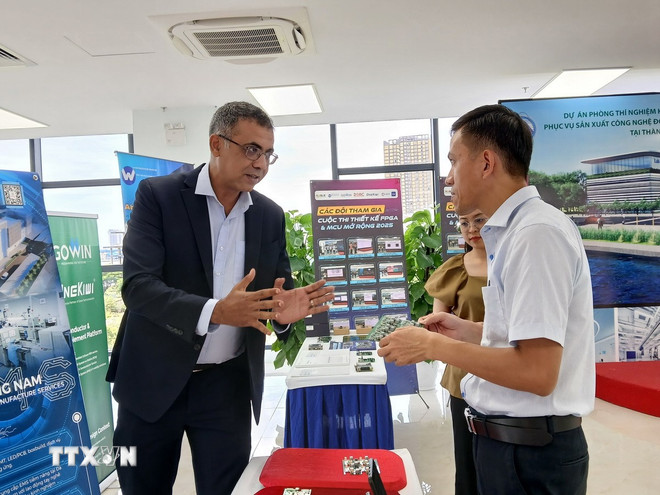
This force not only serves local needs but also supplies other localities in the country and some international markets cooperating with Da Nang.
To train and provide microchip human resources, universities in Da Nang focus on training in microchip design, testing, physical design, chip architecture design; promote international cooperation with global semiconductor organizations and businesses.
The National Innovation Center will also build a shared data warehouse for training at universities specializing in microelectronics.
Associate Professor, Dr. Huynh Cong Phap, Principal of Vietnam-Korea University of Information Technology and Communications, shared that with preferential foreign loans (ODA) and funding sources, the Center for Semiconductor Microchips and Smart Technology of Vietnam-Korea University of Information Technology and Communications has 20 visions (semiconductor microchip design versions) of Synopsys (the world's leading corporation in the semiconductor industry).
This school year, the school recruited 60 students for its first class of semiconductor design engineers. That number is expected to increase to 600 to 1,000 engineers by 2028.
To develop human resources for the semiconductor industry, Da Nang has introduced preferential policies for students and experts. Many outstanding support policies with a total estimated budget of about 873 billion VND have been introduced, including support for remuneration, income, and accommodation costs for experts and scientists directly involved in research, training, teaching, and connecting microchip development programs in Da Nang city.
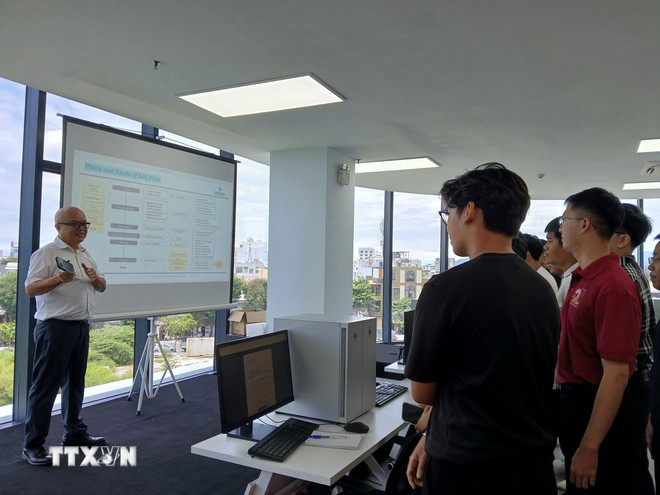
Mr. Phil Hoang, semiconductor expert of TreSemi Technology Expert Organization (USA) said that Da Nang is taking the right steps in preparing human resources for the semiconductor industry.
The city has specific projects with links between the State, businesses, schools, experts and potential partners to orient training and chip production to be competitive in the world.
TreSemi Technology Expert Organization will accompany and support Da Nang to organize specialized training courses to create good engineers in microchip design and product mastery in this field.
Promoting the development of high-quality human resources to meet the requirements of businesses in the field of microchips and semiconductors is also an opportunity for Da Nang to have enough international-standard human resources to prepare for the new wave of investment.
Mr. Le Hoang Phuc, Director of the Da Nang Center for Research and Training in Microchip Design and Artificial Intelligence (DSAC), said that the Center is promoting the connection between the supply and demand of human resources in the semiconductor industry between businesses and schools to determine training needs. From there, it will incubate high-quality engineering classes according to international standards to attract investment.
Because currently, semiconductor enterprises operating in Vietnam in general and Da Nang in particular are in great need of high-quality human resources to meet the requirements in design, packaging and testing.
According to experts, Da Nang is converging many favorable conditions for the microchip industry to accelerate, aiming to produce and test chip lines and products suitable for specific conditions in the global supply chain.
This demonstrates the vision and orientation of the semiconductor industry in Da Nang in particular and Vietnam in general in the smart chip flow. Therefore, the goal of developing the semiconductor industry must go hand in hand with training and connecting human resources according to the trend of high-quality international labor.
In Da Nang, there are about 10 operating microchip design enterprises such as: Synopsys, Uniquify, Savarti, Renesas, Synapse, FPT semiconductor, Viettel CNC... with about 550 engineers.
By 2030, the city aims to become one of the three largest semiconductor centers in Vietnam, forming a high-quality human resource training network associated with the synchronous development of the global semiconductor ecosystem./.
Source: https://www.vietnamplus.vn/dot-pha-theo-nghi-quyet-57-da-nang-dau-tu-manh-cho-nganh-cong-nghiep-ban-dan-post1053330.vnp



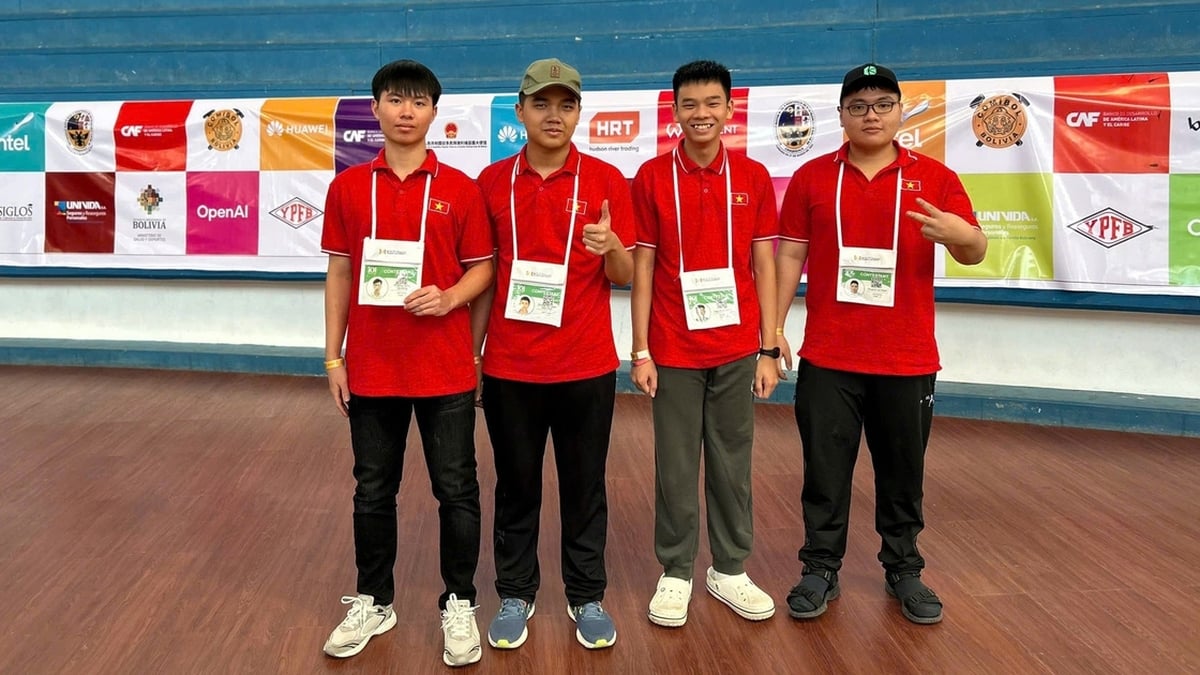
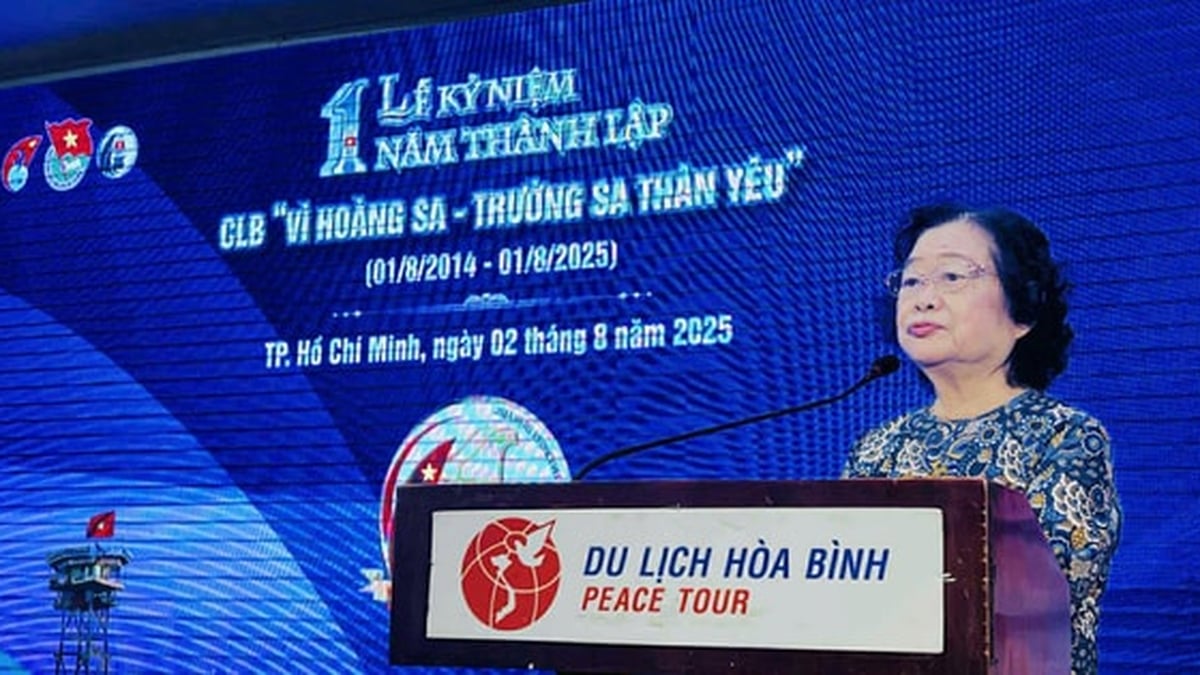

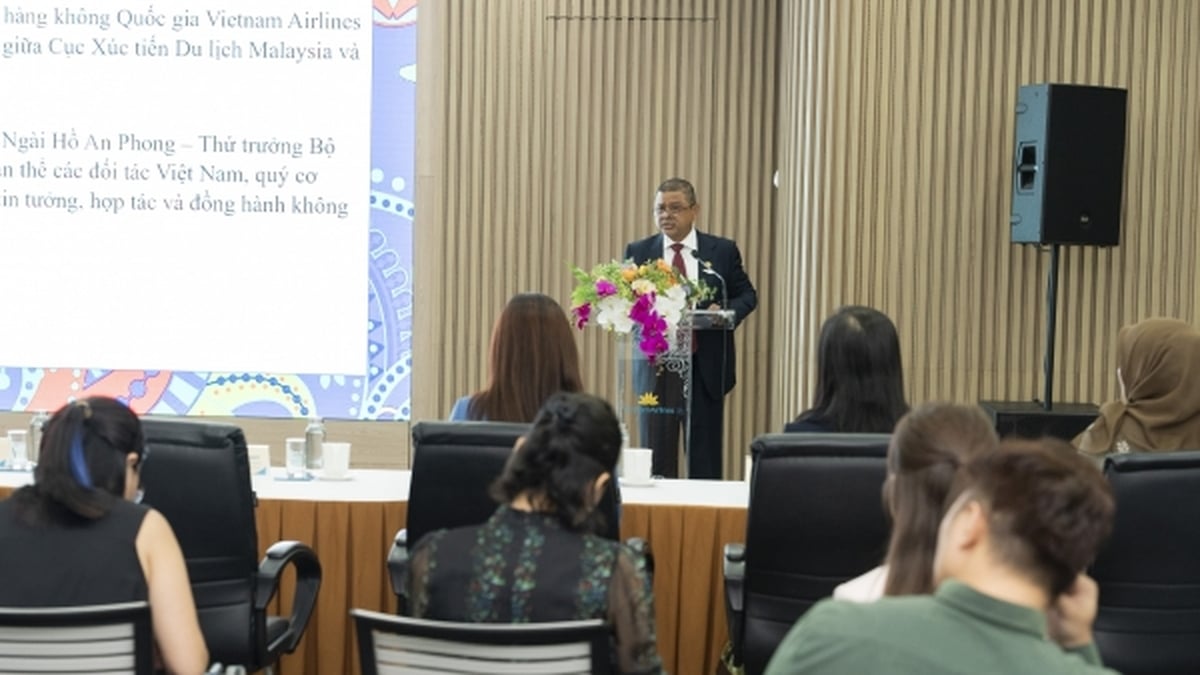

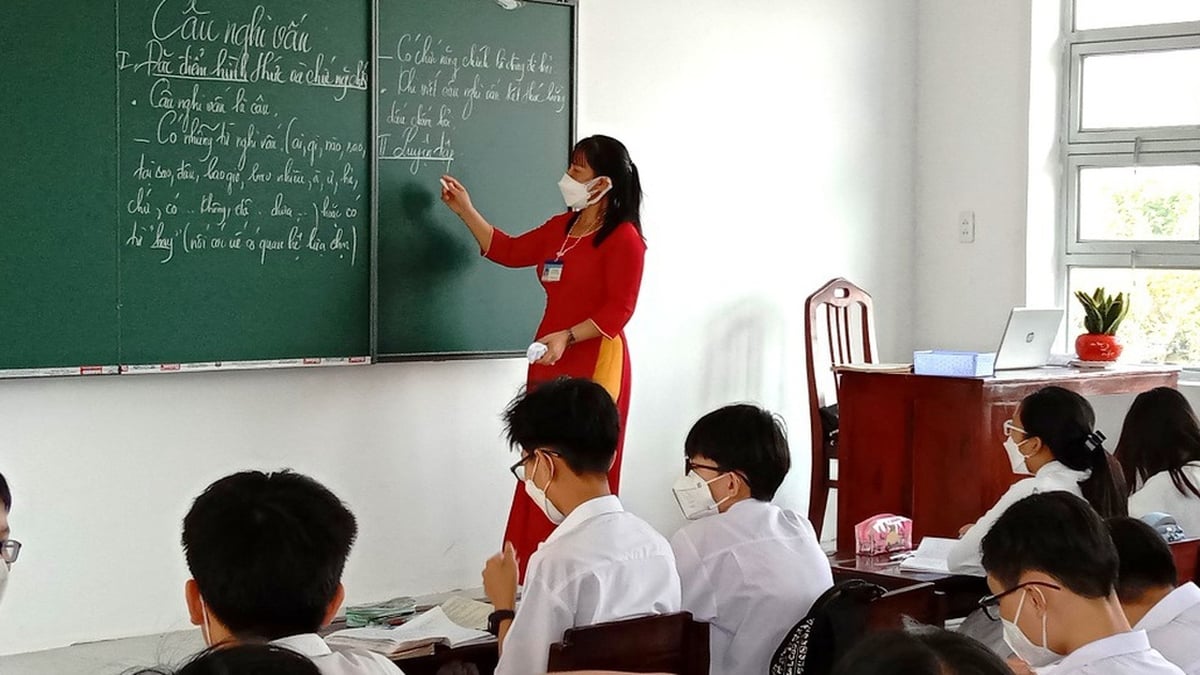

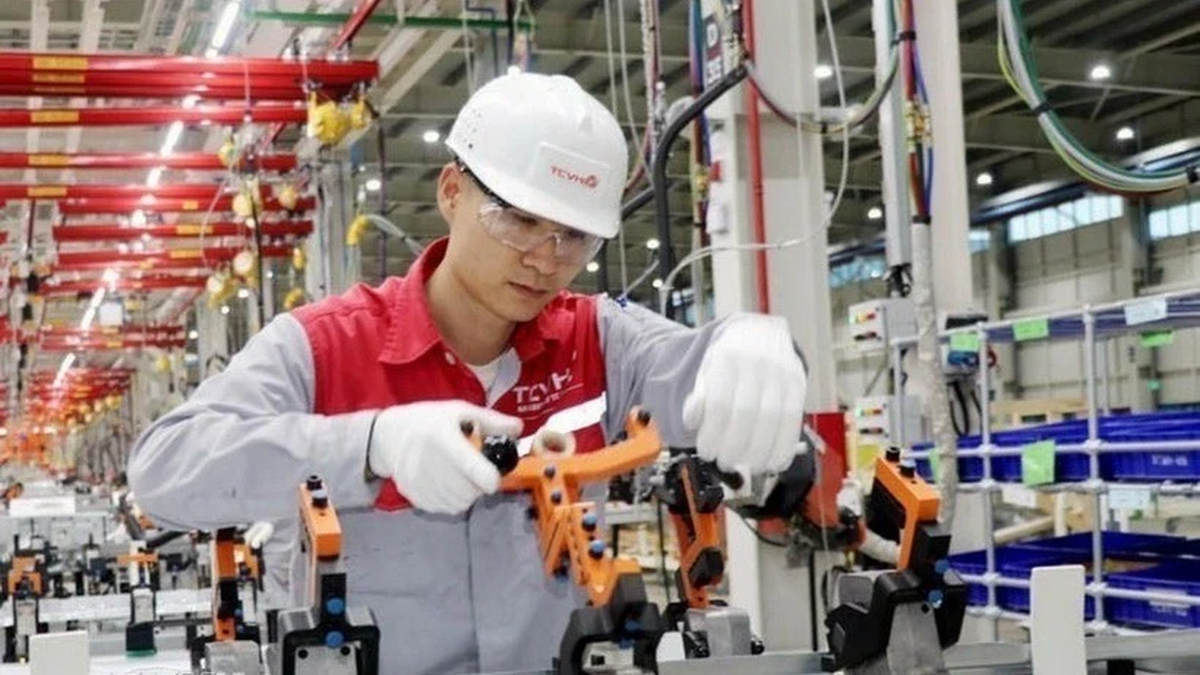































































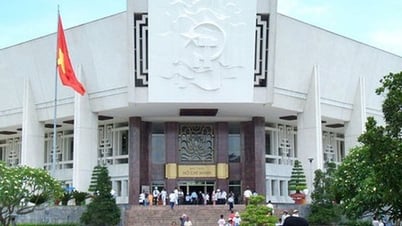



























Comment (0)